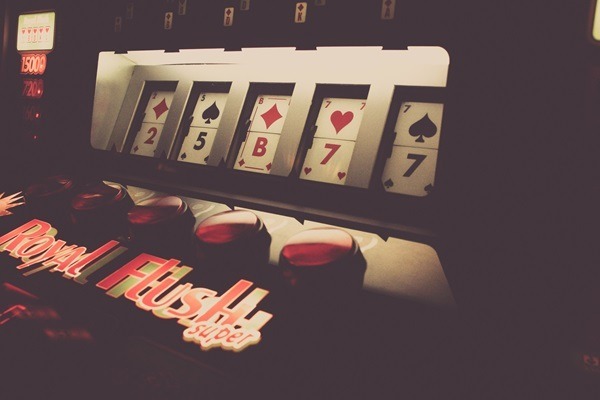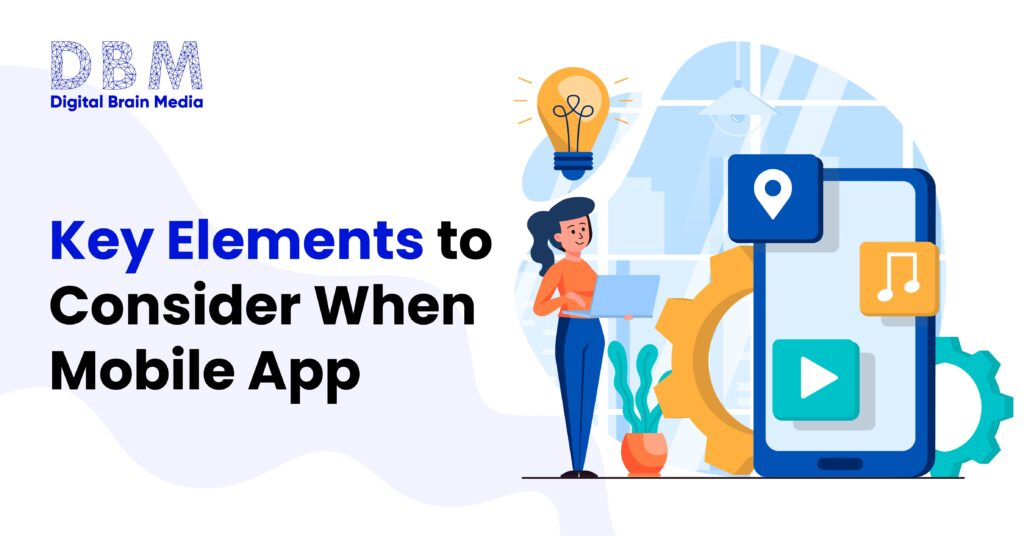
Introduction
Blockchain has completely revolutionized the way supply chains and digital payments look like. Blockchain was only focused on being part of cryptocurrency (Bitcoin). But with the advancements in trends and technology, it has expanded its use cases across different industries. One of those in the fashion industry. However, the blockchain fashion supply chain is already on its way to discovering different possibilities. From inventory management to brand protection growing among early adopters, it is worth pointing out certain pitfalls that come with employing blockchain.
Blockchain is a shared database or a digital ledger that automatically updates information across different networks. This means there is no need for a central intermediary or a third party. For example, the technology was invented in 2009, allowing users to send and receive payment without the involvement of a third party.
Companies are already using this technology to verify digital identities, enable smart contracts that execute automatically and track the shipment of goods and services across the globe.
For example, walnut is using blockchain to track food shipments and improve safety; on the other hand, the diamond industry is using every ledger’s blockchain to verify diamonds’ source and unique attributes. Hence blockchain in the fashion industry has a wide range of scope along with desired benefits.
1. Structure Of Blockchain Technology

To understand the structure of blockchain, there are different phases that you need to understand. Let us help you to understand all-
- Blocks: Blocks serve as the foundational elements in blockchain technology, acting as records of successful transactions. These blocks are organized within a structure known as the Merkle Tree, a cryptographic tree where each block contains relevant information and is linked to the previous block. This interconnection ensures the integrity of the entire blockchain, as each block is chained together in an immutable sequence.
- Block Time: Block time refers to the time taken to validate and create a new block in the blockchain. When hard forks occur, the software follows a set of old rules and may reject blocks created under new rules, marking them as invalid. This ensures consistency and security within the network by strictly adhering to previously validated protocols.
- Hard Forks : A hard fork happens when there is a fundamental change in the blockchain’s protocol. Software that follows the old rules will consider blocks created under the new rules as invalid. This process can lead to a split in the blockchain, where two separate chains may emerge. It is essential to ensure that all participants in the network are aligned on the chosen protocol.
- Decentralized System: Blockchain technology operates in a decentralized system where data is not controlled by a central entity. Instead, it utilizes a peer-to-peer network to distribute and validate information, which drastically reduces the risks of data manipulation or exploitation by hackers. Additionally, value tokens, such as cryptocurrencies, are recorded and associated with specific addresses, enhancing the security and transparency of the system.
- Privacy: Privacy in blockchain is characterized by both public and private sections. Blockchain ensures high levels of security, allowing users to maintain control over their data without the need for third-party involvement. The decentralized nature of blockchain guarantees that sensitive information remains protected, and only authorized participants can access specific data as per the rules of the network.
2. Connection Of Blockchain With The Fashion Industry

One of the most promising applications of blockchain in the fashion industry is supply chain and inventory management. They combine radio frequency identification and IoT technologies. They can instantly track raw material shipments from the source to the factory and then track the finished products with the help of their entire distribution chain to the consumer.
- Besides this, blockchain has the potential to enhance intellectual property both for designers and brand owners. Branded goods can be tracked through blockchain and their authenticity (the brand owners can verify that). This reduces fraud when goods are sold.
- Blockchain applications will help designers document every step in the design process by delivering an unaltered proof of creation.
- Brand owners who license their designs or trademarks can also use blockchain technology to keep track of sales and loyalty programs.
- The fashion industry is already beginning to test blockchain possibilities. In 2017, London designer Martine Jarlgaard collaborated with the blockchain company Provenance to introduce the first garments with smart labels.
3. Blockchain Technology Transforming The Fashion Industry
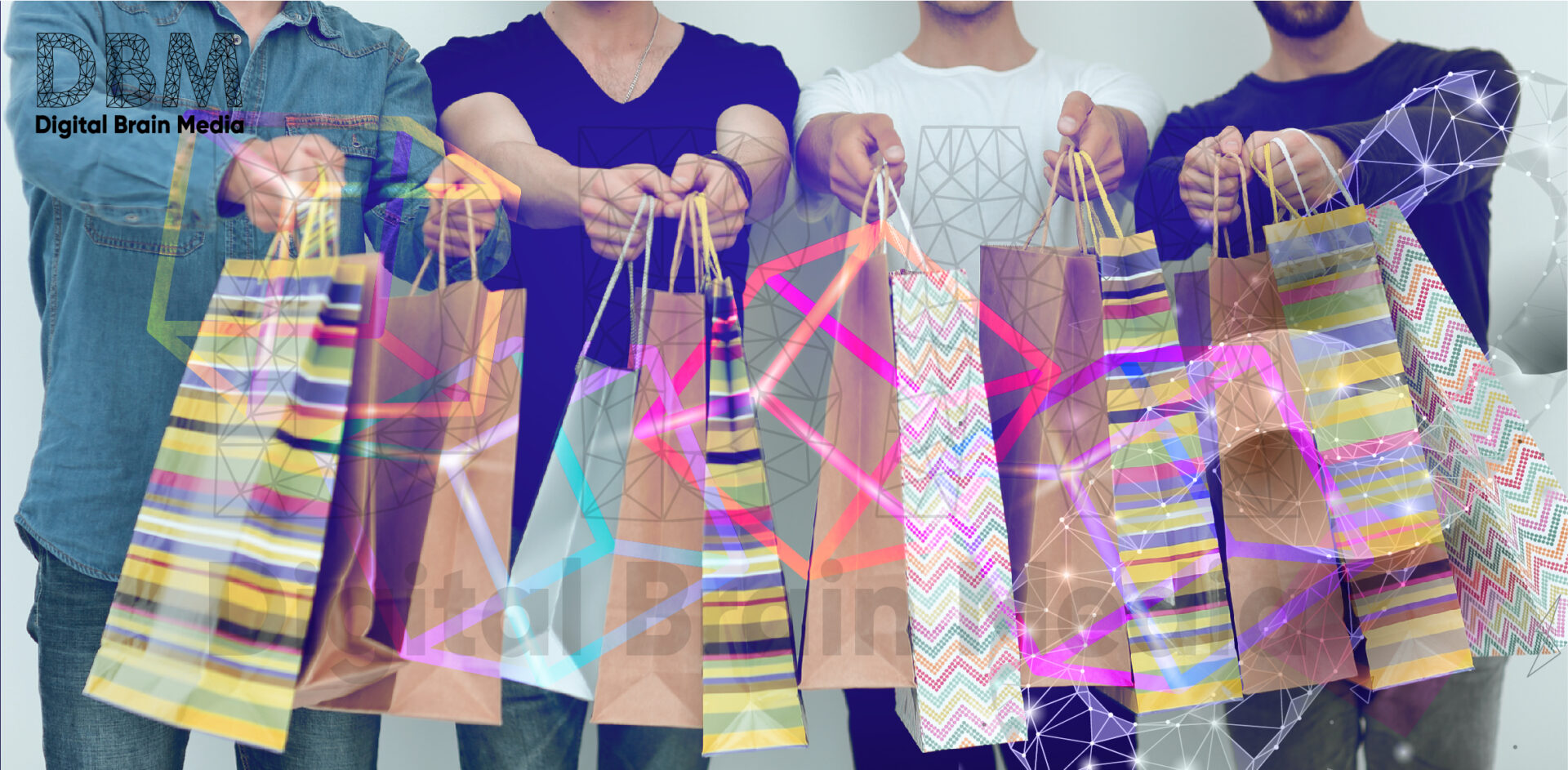
Blockchain technology is taking different industries to the next level by creating a truly decentralized and global network of computers. In turn, it processes and verifies every transaction with no human intervention. As a result, the blockchain fashion industry has been shaped for quite a few years. But what has made the blockchain industry fit within fashion? Here we will help you know how blockchain technology is transforming the fashion industry.
- a. Monitoring of Deliverables
With blockchain for the fashion industry, there is no need to worry about items and parcels getting lost. Instead, sellers and customers have the authority to view exactly where the items are. This can be done by GPS navigation tracking from the distributor warehouse to the consumer’s front door.Several online platforms have enabled customers to shop for their desired products within a few clicks. However, sometimes waiting for deliverables can decrease productivity, and the entire process can be tedious. Hence, companies are adopting advanced technologies to reduce their burden. For example, tracing or tracking deliverables on the blockchain can reduce the likelihood of items getting lost. Therefore, each delivery process can be monitored on the blockchain, making the entire process more efficient for both customers and suppliers. - b. Reduction in Counterfeit Products
Products or items registered within the blockchain are not likely to be counterfeit. Although there are arguments that counterfeit items could be registered on the blockchain during the supply chain process, most consumers trust blockchain technology, particularly for high-end brands. Blockchain helps tackle counterfeiting by identifying provenance, which is the proof of product origin. This is due to blockchain’s secure and trusted security system.Companies implement blockchain provenance identification with the help of smart tags. When attached to the goods, these tags can identify the manufacturer’s place and track its location. - c. Ownership of the Blockchain
There was a time when blockchain technology was not a part of the industry. But with its introduction and advanced benefits, it has become essential for every sector. Blockchain allows for the verifiable ownership of data, physical property, and even intellectual property. In 2017, Martine Jarlgaard, one of London’s designers, introduced the first garment with smart labels in the form of QR codes, which are recorded on the blockchain. - d. Provenance
The diamond industry uses blockchain technology to trace each step of the supply chain involved in mining, transporting, crafting, and sales, as well as various components involved in each process. With blockchain adoption, several diamond manufacturers came together to help develop Racer (the open-source blockchain platform) to improve traceability across the diamond industry. On the other hand, Everledger tracks each step in the lifecycle of precious gems and stones, recording verifiable data on the blockchain. - e. Supply Chain Management
Blockchain in supply chain management works as a game-changer for businesses worldwide. This includes small-scale businesses and large enterprises that benefit from blockchain technology services. For example, companies can now easily acquire full transparency of their goods, ensuring the authenticity of the material. The journey from manufacturers to wholesalers, suppliers to distributors, and retailers records ownership once the products have been purchased. In this way, the fashion industry thrives with blockchain technology, using secure methods. - f. Blockchain Coupons & Warranties
An open-source record of the time goods and services are purchased makes the entire process easier. Both consumers and manufacturers maintain records of product warranties, verifiable records, and even guarantees. This means customers no longer have to keep physical receipts. Additionally, blockchain technology allows brands and retailers to offer digital coupons on the blockchain. This enables brands to reach a wider audience in a cost-effective and efficient manner. - g. Control of Customer Data
Apart from tracking physical goods on the blockchain, consumers can now easily track where and how their data is being used. When consumer data is entered into the blockchain, customers can stay in touch with who they’re sharing data with. Blockchain provides advanced safety and security, allowing customers to maintain control over their data. The tight security offered by blockchain technology is evident across industries.
4. Blockchain To Redefine Customer Experience
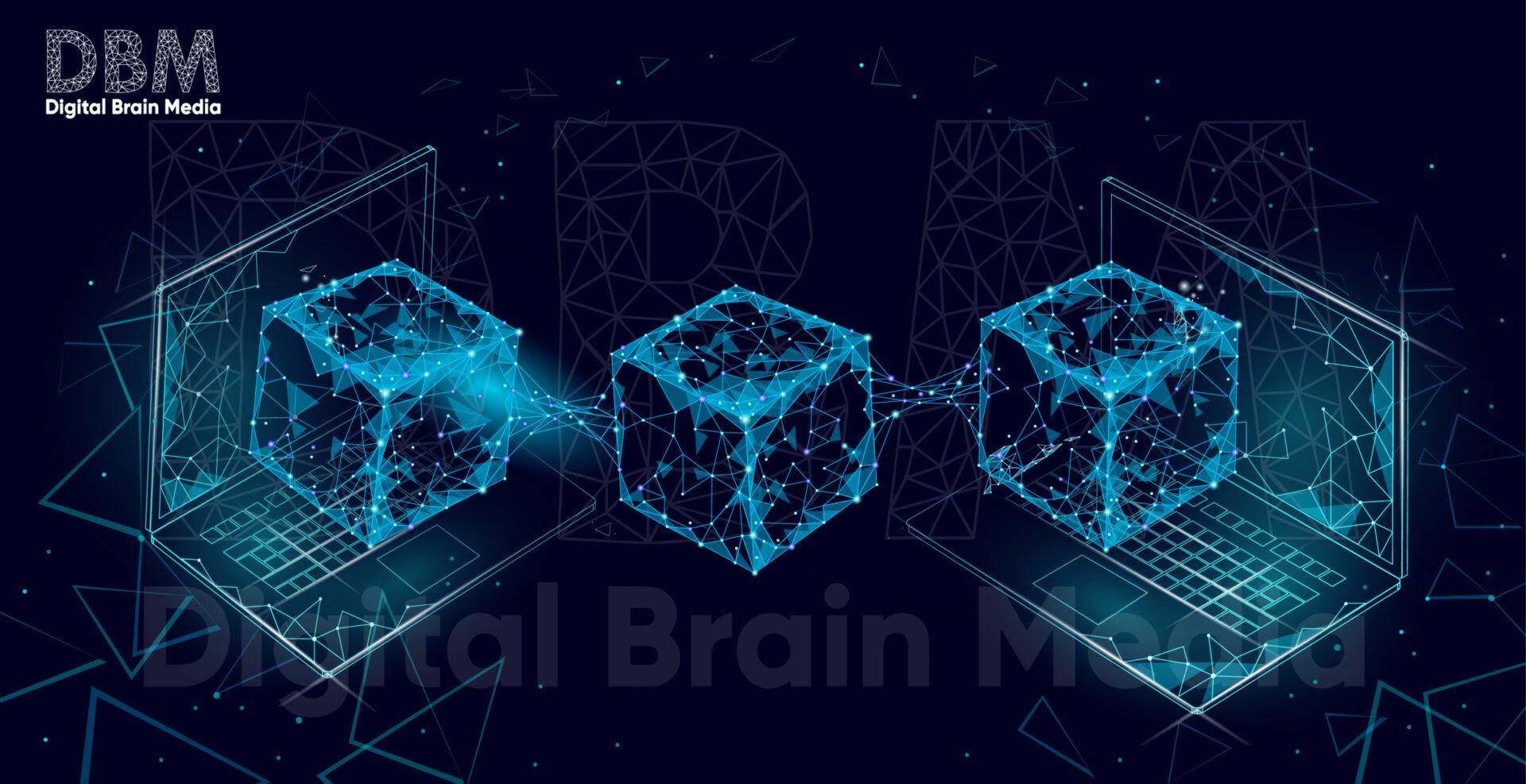
Blockchain is revolutionizing different industries across the globe. Accordingly, 66% of global consumers and around 73% of millennials are willing to pay for sustainable goods, with the help of tokenizing physical assets and allowing customers to see where their items are sourced. In addition, retailers are using blockchain technology to redefine the customer experience.
Blockchain helps tokenize non-fungible assets, allowing each asset to be easily held, exchanged, purchased and traded. Customers can now easily login into a brand’s website to create proven ownership of luxury assets that can be verified and transferred to another party. Using blockchain, brands can digitize, track and trace the entire lifecycle of luxury items.
5. Blockchain Use Cases In Retail & Fashion Industry
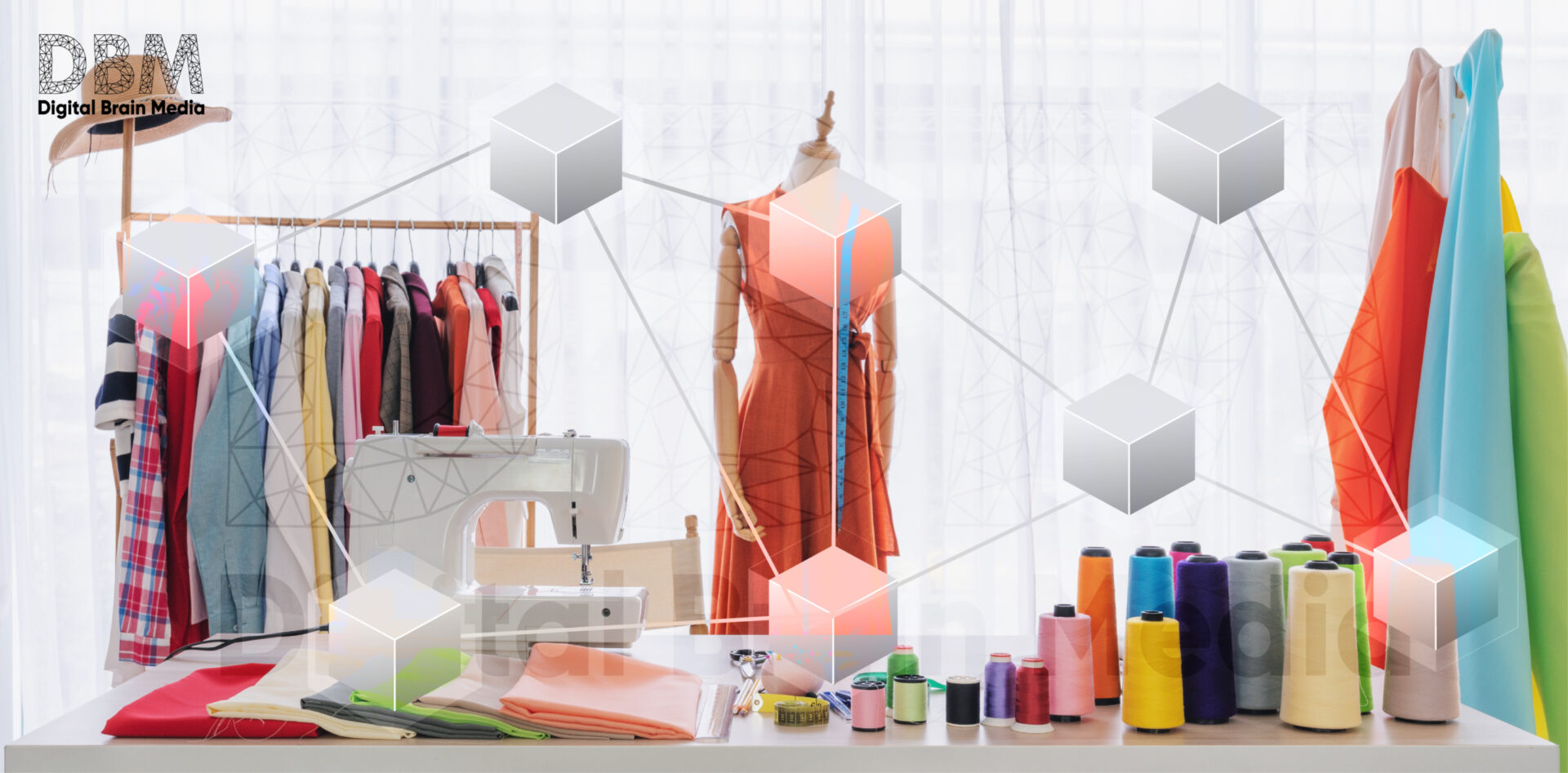
Talking about the use cases, there are three of them to be used in the retail and fashion industry namely
- Digital twins link the physical to the digital.
- Traceability of the raw products throughout the lifecycle.
- Loyalty programs attract customers by delivering them ease along with services.
Conclusion
Blockchain technology offers ease to customers and ease in tracking each record. By eliminating various shortcomings, blockchain technology is helping brands and customers shape their outcomes in a secure form. Blockchain technology stands to address long-standing industry challenges with the improvement of data management tools by enhancing supply chain operations and also reducing the risk of counterfeiting. Blockchain in the fashion industry is a positive movement for consumers, retailers and suppliers with improved protection and records of every transition or supplying goods or services.





